Quilting with Overlook Bluff
An urban patch of white oak habitat needs stitching
Ruth Oclander
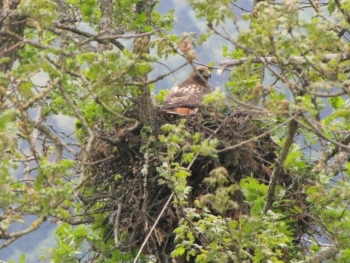 This spring, I followed a pair of red-tailed hawks, courting in the updrafts, and found their nesting site perched in a narrow ribbon of oak habitat between the noise of industry and traffic.
This spring, I followed a pair of red-tailed hawks, courting in the updrafts, and found their nesting site perched in a narrow ribbon of oak habitat between the noise of industry and traffic.
Early on, the incubating female discouraged my loitering with sharp calls to her mate in a nearby tree. Both would take flight and hover menacingly if I was too close. In late spring, just before the trees leafed out, the mother spent more time on the edge of her nest than within it. I finally spotted a fluff of white, and the calls turned around that of a hungry little voice. Just before the nest emptied, I accounted for a healthy family of three as the youngest strengthened its wings in practice flights.
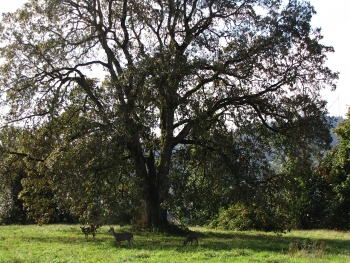 Certain things choose us more than we choose them. That is how it has worked with Friends of Overlook Bluff, stewards of this fringe of oak and madrone trees that hems the east side of the Willamette as the river’s north reach winds toward its confluence with the Columbia. This route is a gift for walkers, bikers and runners who call North Portland home. It is the only potential sliver of continuous woodlands on the east side left to reclaim, and its ecological significance is irreplaceable.
Certain things choose us more than we choose them. That is how it has worked with Friends of Overlook Bluff, stewards of this fringe of oak and madrone trees that hems the east side of the Willamette as the river’s north reach winds toward its confluence with the Columbia. This route is a gift for walkers, bikers and runners who call North Portland home. It is the only potential sliver of continuous woodlands on the east side left to reclaim, and its ecological significance is irreplaceable.
Historically, white oak savannahs provided hunting and camping grounds along the river. Settlers found these paths useful as trade routes. Trade made way to travel, and the path widened into its familiar incarnation: Interstate-5. Riparian corridors like these are vital to the food chain of over 200 birds and animals. As a migratory route, oak savannahs have traditionally run from Canada to California.
The corridor of urban wilderness to which Overlook Bluff belongs mesmerizes year-round. The deep blue greens of oak leaves in summer, the gray brown gnarl of their trunks and branches in winter. Blown and drenched free of leaves in the fall, rust-color madrone bark reveals itself amidst the oaks. In early spring mornings the darkness lifts, the rains hold off, and nature wakes up.
 We wake up more each year to the significance of our surroundings, and how we might care for it. There is much to steward; Friends of Overlook Bluff inherited a legacy to protect. A Heritage Oregon white oak tree believed to be 150 years old stands alone on an open meadow overlooking the train yards, river, downtown and Forest Park.
We wake up more each year to the significance of our surroundings, and how we might care for it. There is much to steward; Friends of Overlook Bluff inherited a legacy to protect. A Heritage Oregon white oak tree believed to be 150 years old stands alone on an open meadow overlooking the train yards, river, downtown and Forest Park.
The Friends implement hand-managed oak meadowscaping, native plantings, invasive species removal, and work to raise community awareness of local ecology with speaking events and native plant sales. With our selection for a 2014 Metro Nature in Neighborhoods capital land grant, we are focusing on fundraising and building partnerships to acquire the property before it is sold for development.*
For now, if you’re afoot at Overlook Bluff, you must navigate fragmented trails that run sometimes within the woodlands, and sometimes along the steep pitch of bluffs above the railroad tracks. Paths do exist: parallel to Willamette Boulevard behind the Adidas campus; down Waud Bluff Trail (the nicely engineered pedestrian entry/exit to Swan Island); below University of Portland; and in Baltimore Woods, which begins just beyond the St. Johns bridge. The goal is to make them continuous. The 40-Mile Loop is slated to stitch adjacent to the fabric of this oak and madrone corridor and may also recognize Overlook's pedestrian potential.
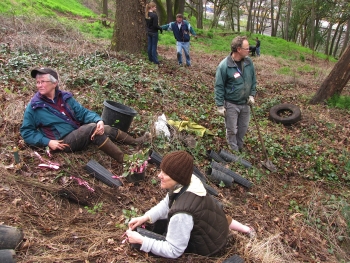 From the hawk's perspective, the connection from St. Johns in deep North Portland to Overlook just north of the Fremont Bridge is apparent. Now, the pieces of this quilt are also being assembled on the ground in North Portland -- neighborhood by neighborhood, mile by mile, loop by loop. To volunteer or find out more about us, please visit www.overlookbluff.org.
From the hawk's perspective, the connection from St. Johns in deep North Portland to Overlook just north of the Fremont Bridge is apparent. Now, the pieces of this quilt are also being assembled on the ground in North Portland -- neighborhood by neighborhood, mile by mile, loop by loop. To volunteer or find out more about us, please visit www.overlookbluff.org.
* Coalitions of community involvement are a must if cities are to be able to continue to acquire open spaces, and to that end we are working with organizations including Metro, the City of Portland Bureau of Environmental Services, Portland Parks & Recreation, SOLVe, Portland Audubon, the Backyard Habitat Certification Program, Northwest Youth Corps, the Xerces Society, East Multnomah Soil and Water Conservation District, Friends of Baltimore Woods, the Trust for Public Land, and the Columbia Land Trust.

 Ruth Oclander founded Friends of Overlook Bluff with her neighbors in 2012. She is an acupuncturist and yoga teacher by trade, and enjoys running trails in Forest Park and traveling to far off countries with her husband and young children. Her mother, an Olmsted, can take credit for dragging Ruth into the woods for hikes when she was growing up and letting the grass be overtaken by trees in a backyard that sloped to meet the state forest.
Ruth Oclander founded Friends of Overlook Bluff with her neighbors in 2012. She is an acupuncturist and yoga teacher by trade, and enjoys running trails in Forest Park and traveling to far off countries with her husband and young children. Her mother, an Olmsted, can take credit for dragging Ruth into the woods for hikes when she was growing up and letting the grass be overtaken by trees in a backyard that sloped to meet the state forest.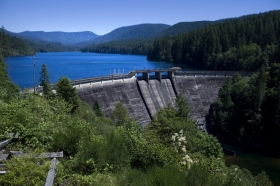 On May 20th, Portland voters decide the fate of the City’s
On May 20th, Portland voters decide the fate of the City’s 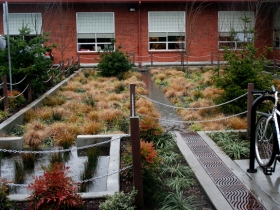 For months, local media have rained down coverage on the Measure: profiling its backers, which include
For months, local media have rained down coverage on the Measure: profiling its backers, which include 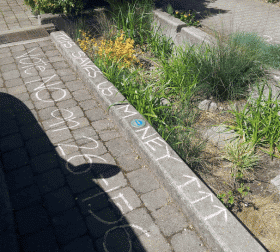 “Innovative
“Innovative 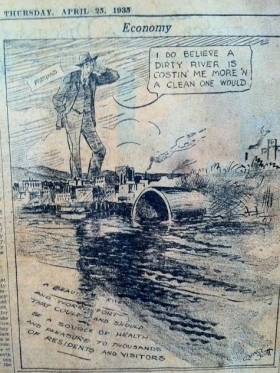 “BES’s
“BES’s  Through storytelling outlets like
Through storytelling outlets like  Passion. That’s one thing those of us active in the world of conservation don’t lack. Beyond logic and civic-mindedness, we FEEL the importance of our work.
Passion. That’s one thing those of us active in the world of conservation don’t lack. Beyond logic and civic-mindedness, we FEEL the importance of our work. On Friday, I shared the campaign with webinar attendees from across the nation. Now you can see for yourself how we broke down the challenge, examined our options, and arrived at "
On Friday, I shared the campaign with webinar attendees from across the nation. Now you can see for yourself how we broke down the challenge, examined our options, and arrived at " In our
In our  Funding levels dictate, but the next 12 to 16 months is what we're shooting for. Right now it looks like our Daycation app will be the first piece that we'll release, followed by the social media campaign. And then hopefully within 18 months, we can build to what I'd call the tipping point, to get those animated spots out to the wide audience this campaign deserves.
Funding levels dictate, but the next 12 to 16 months is what we're shooting for. Right now it looks like our Daycation app will be the first piece that we'll release, followed by the social media campaign. And then hopefully within 18 months, we can build to what I'd call the tipping point, to get those animated spots out to the wide audience this campaign deserves. We also have the opportunity for rich insights based on our Daycation app, by tracking subjective data (like interactions between users) as well as hard metrics like the number of downloads, photos uploaded, trips completed, etc.
We also have the opportunity for rich insights based on our Daycation app, by tracking subjective data (like interactions between users) as well as hard metrics like the number of downloads, photos uploaded, trips completed, etc. However, if we can brand more consistently, talk about these issues in between the election cycles, we can create understanding so that when the election comes, we only have to move the needle two or three points. Which costs a lot less money and a lot less energy.
However, if we can brand more consistently, talk about these issues in between the election cycles, we can create understanding so that when the election comes, we only have to move the needle two or three points. Which costs a lot less money and a lot less energy. Each of one of these campaign strategies has their own cost to implement. For the KEEN project, they've already donated the shoes and we've done most of the art work up front to provide that to our partners, so that's a pretty low cost campaign.
Each of one of these campaign strategies has their own cost to implement. For the KEEN project, they've already donated the shoes and we've done most of the art work up front to provide that to our partners, so that's a pretty low cost campaign. The animated spots obviously are bigger. We're talking hundreds of thousands of dollars to get those up and running and delivered. But then they have a shelf life. We're going to our corporate and municipal partners to create matching programs.
The animated spots obviously are bigger. We're talking hundreds of thousands of dollars to get those up and running and delivered. But then they have a shelf life. We're going to our corporate and municipal partners to create matching programs. What I’ve presented here is the overall campaign template. We have our basic compass points, but those have nuances to them. So now we must start to identify which audiences we specifically want to reach, then go in and work with community groups, talk to people in the community. We’ll look at those issues that resonate, and have our spokes-species talk pointedly to those specific issues.
What I’ve presented here is the overall campaign template. We have our basic compass points, but those have nuances to them. So now we must start to identify which audiences we specifically want to reach, then go in and work with community groups, talk to people in the community. We’ll look at those issues that resonate, and have our spokes-species talk pointedly to those specific issues. We have not, but certainly could with the budget to do so. We have vetted the animals with many of our partners. They were not selected in a vacuum. We had input from many groups. A good example is some Native groups we talked with felt that we should avoid animals like eagles, animals with greater iconic or religious status. And we respected that wish. Our four spokes-species are just the beginning. I would hope to create a whole family of animals because we've left a lot off the table.
We have not, but certainly could with the budget to do so. We have vetted the animals with many of our partners. They were not selected in a vacuum. We had input from many groups. A good example is some Native groups we talked with felt that we should avoid animals like eagles, animals with greater iconic or religious status. And we respected that wish. Our four spokes-species are just the beginning. I would hope to create a whole family of animals because we've left a lot off the table. David Karstad -- founder and creative director of
David Karstad -- founder and creative director of 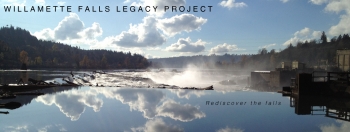
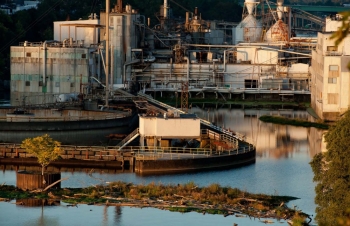 We believe the project site, the 22-acre former Blue Heron paper mill in Oregon City, could someday serve as an economic engine, a waterfront destination, a unique habitat, a window into Oregon’s past – and a bold step into our future.
We believe the project site, the 22-acre former Blue Heron paper mill in Oregon City, could someday serve as an economic engine, a waterfront destination, a unique habitat, a window into Oregon’s past – and a bold step into our future.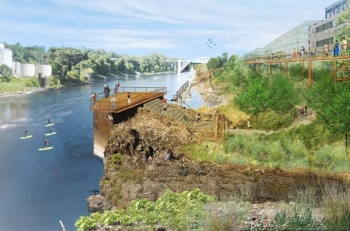 The former mill is for sale, but the site’s complexity and risks have required a careful and methodical transition to new uses. With the help of our consulting team, Oregon City, Clackamas County, Metro, the State of Oregon, and the property’s bankruptcy trustee, we have been working closely over the past year to develop a
The former mill is for sale, but the site’s complexity and risks have required a careful and methodical transition to new uses. With the help of our consulting team, Oregon City, Clackamas County, Metro, the State of Oregon, and the property’s bankruptcy trustee, we have been working closely over the past year to develop a 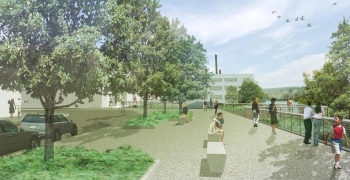 The Riverwalk we've proposed in the master plan would be a catalyst for economic development in Oregon City, and also enhance the site's development value by demonstrating the public’s commitment to improvements. It would attract visitors and generate momentum for continued implementation of the master plan.
The Riverwalk we've proposed in the master plan would be a catalyst for economic development in Oregon City, and also enhance the site's development value by demonstrating the public’s commitment to improvements. It would attract visitors and generate momentum for continued implementation of the master plan.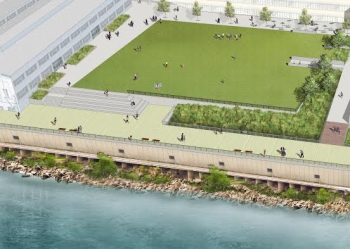 You can help shape that change, by joining our
You can help shape that change, by joining our  Ken Pirie is a senior associate with
Ken Pirie is a senior associate with 
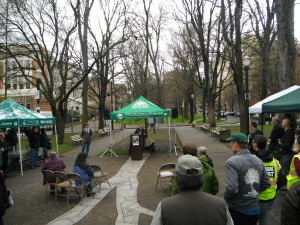
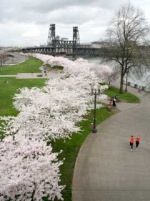
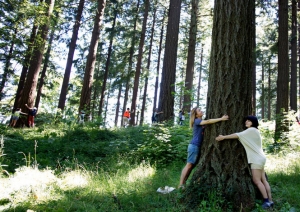
 Catherine Mushel, an Arbor Month volunteer with the City of Portland, has served on the City’s
Catherine Mushel, an Arbor Month volunteer with the City of Portland, has served on the City’s 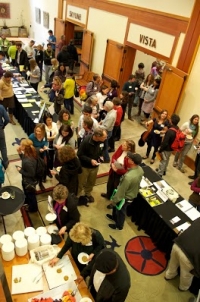 Last Wednesday, March 19, well over 300 people packed the Oregon Zoo ballroom for The Intertwine's
Last Wednesday, March 19, well over 300 people packed the Oregon Zoo ballroom for The Intertwine's 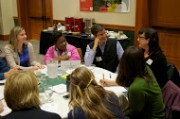 “What stood out for me was basically the elevator speech for the Collective Impact model. I see it as the pitch for what The Intertwine does and why it matters.” - Dick Schouten, Washington County Commissioner
“What stood out for me was basically the elevator speech for the Collective Impact model. I see it as the pitch for what The Intertwine does and why it matters.” - Dick Schouten, Washington County Commissioner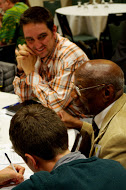 “I was staggered by the quality and immense experience of the breakout group I was a part of. I’d like to do longer breakouts, or follow-on sessions.” - Rich Hunter, Clean Water Services
“I was staggered by the quality and immense experience of the breakout group I was a part of. I’d like to do longer breakouts, or follow-on sessions.” - Rich Hunter, Clean Water Services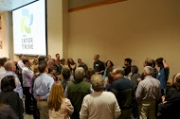 “What I noted was the participation by so many community-based organizations, from trail advocates, to folks trying to expand GPS for underserved communities, to those focused on children.” - Dick Springer, West Multnomah Soil and Water Conservation District
“What I noted was the participation by so many community-based organizations, from trail advocates, to folks trying to expand GPS for underserved communities, to those focused on children.” - Dick Springer, West Multnomah Soil and Water Conservation District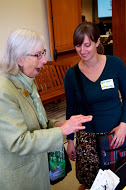 “I came in late and was looking all around for a seat. That’s cool, but it could also be a challenge for The Intertwine -- how many partners can share a common goal or belief?” - John Jackson, NW Regional Education Service District’s Outdoor School
“I came in late and was looking all around for a seat. That’s cool, but it could also be a challenge for The Intertwine -- how many partners can share a common goal or belief?” - John Jackson, NW Regional Education Service District’s Outdoor School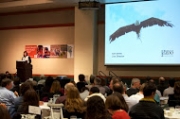 “For me it was the comments shared after the breakout session -- how excited people were in subjects outside their interest area. I suspect there would have been a lot more comments but people get shy about standing up.” - Matthew Crampton, Walker Macy
“For me it was the comments shared after the breakout session -- how excited people were in subjects outside their interest area. I suspect there would have been a lot more comments but people get shy about standing up.” - Matthew Crampton, Walker Macy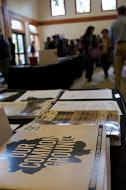 “I love that the organization is growing. I was at the very first meeting and we’ve more than tripled. I also reconnected with someone who’s retiring soon -- we had an ‘aha moment’ about how we both know exactly why we’re doing this work at this point in our lives.” - Roberta Schwarz, Neighbors for a Livable West Linn
“I love that the organization is growing. I was at the very first meeting and we’ve more than tripled. I also reconnected with someone who’s retiring soon -- we had an ‘aha moment’ about how we both know exactly why we’re doing this work at this point in our lives.” - Roberta Schwarz, Neighbors for a Livable West Linn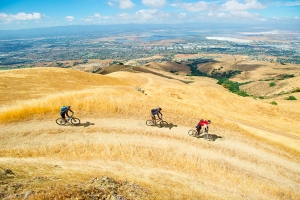
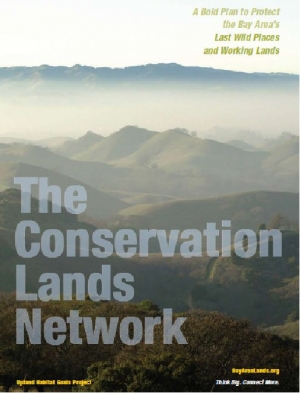 Grass is greener
Grass is greener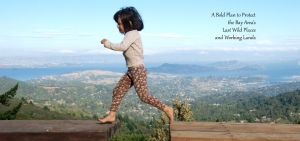
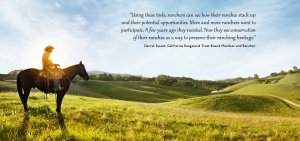
 Jenn Fox is the Executive Director of the
Jenn Fox is the Executive Director of the 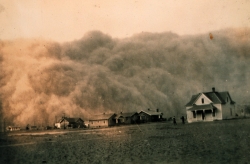 “A nation that destroys its soil destroys itself.”
“A nation that destroys its soil destroys itself.”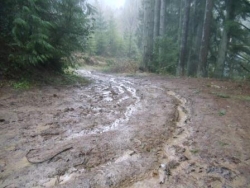 We know that soil erosion occurs when soil particles detach and move around, usually caused by water, wind, gravity and even ice. And we know that e
We know that soil erosion occurs when soil particles detach and move around, usually caused by water, wind, gravity and even ice. And we know that e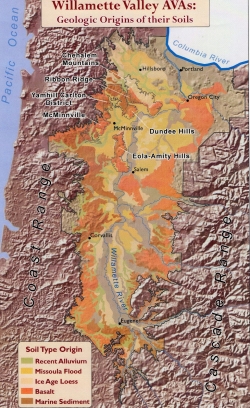
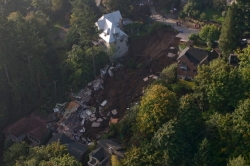
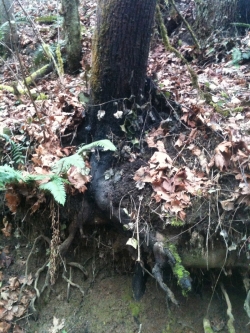
 Since 2008, Scott Gall has served as a Rural Conservationist with the
Since 2008, Scott Gall has served as a Rural Conservationist with the 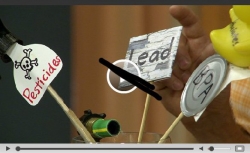
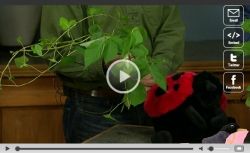
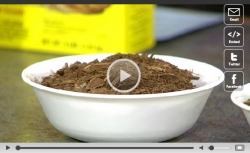
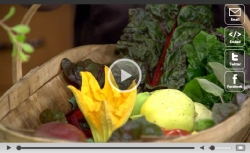
 Carl Grimm is
Carl Grimm is 

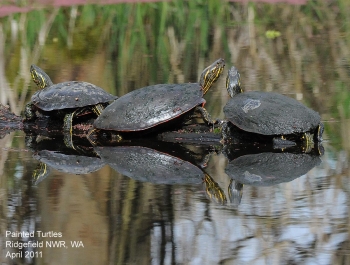
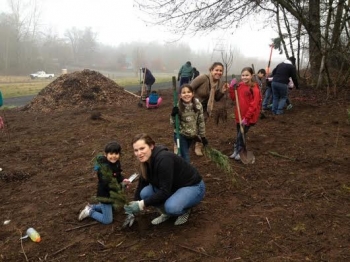
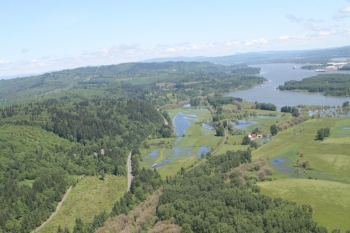
 David Cohen, The Intertwine Alliance's Program Manager, has close to 30 years of non-profit management and program development experience. For the four years prior to joining our team, he served as the Executive Director of the
David Cohen, The Intertwine Alliance's Program Manager, has close to 30 years of non-profit management and program development experience. For the four years prior to joining our team, he served as the Executive Director of the